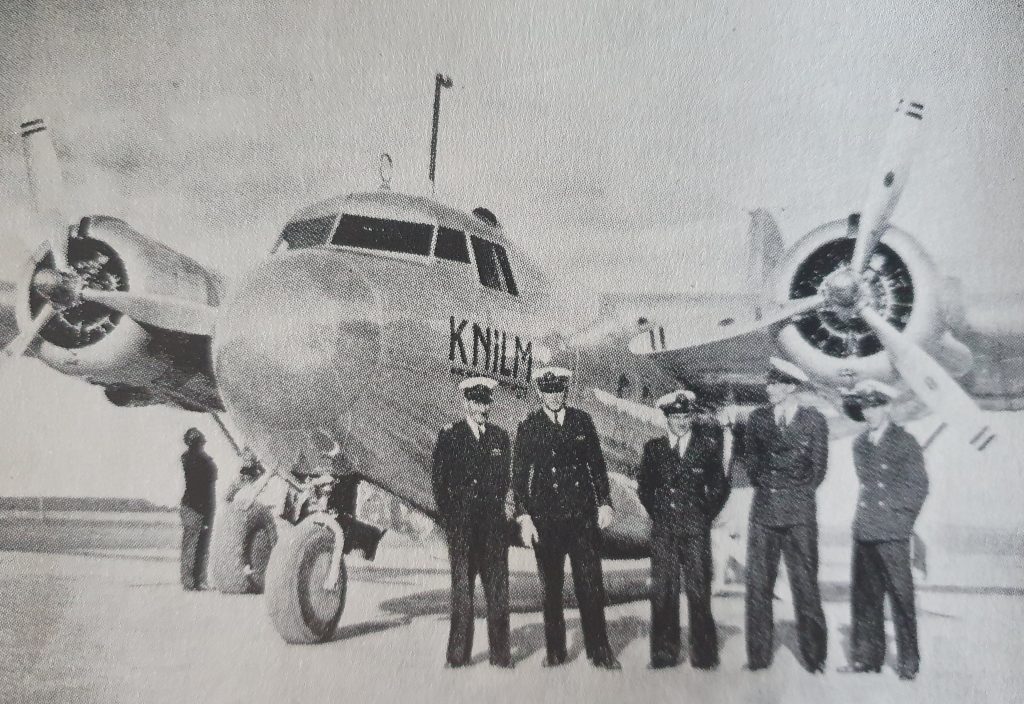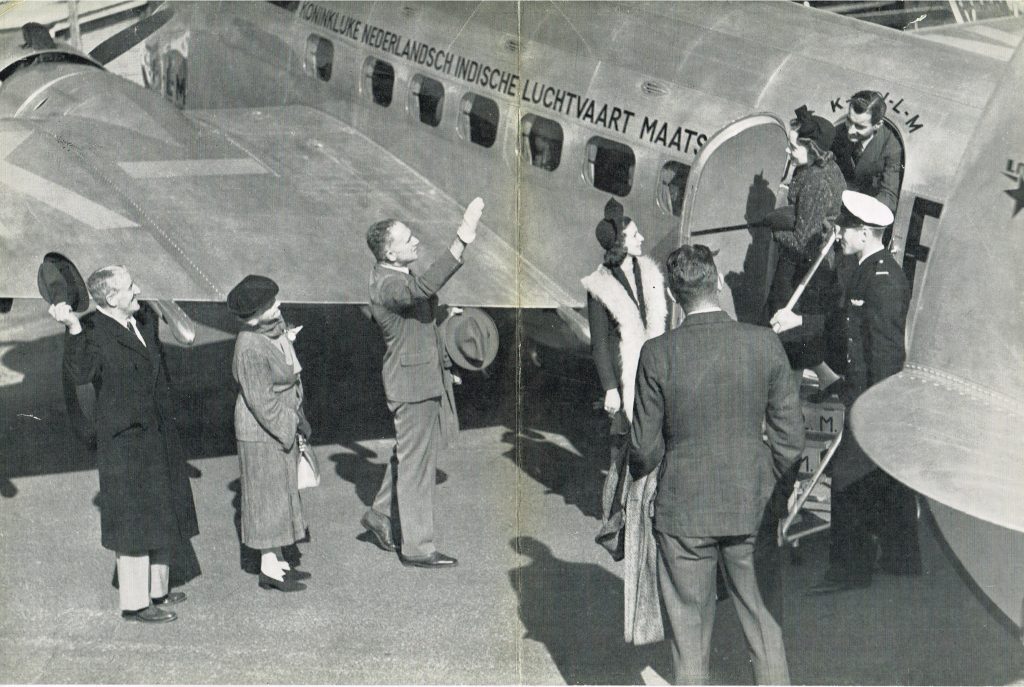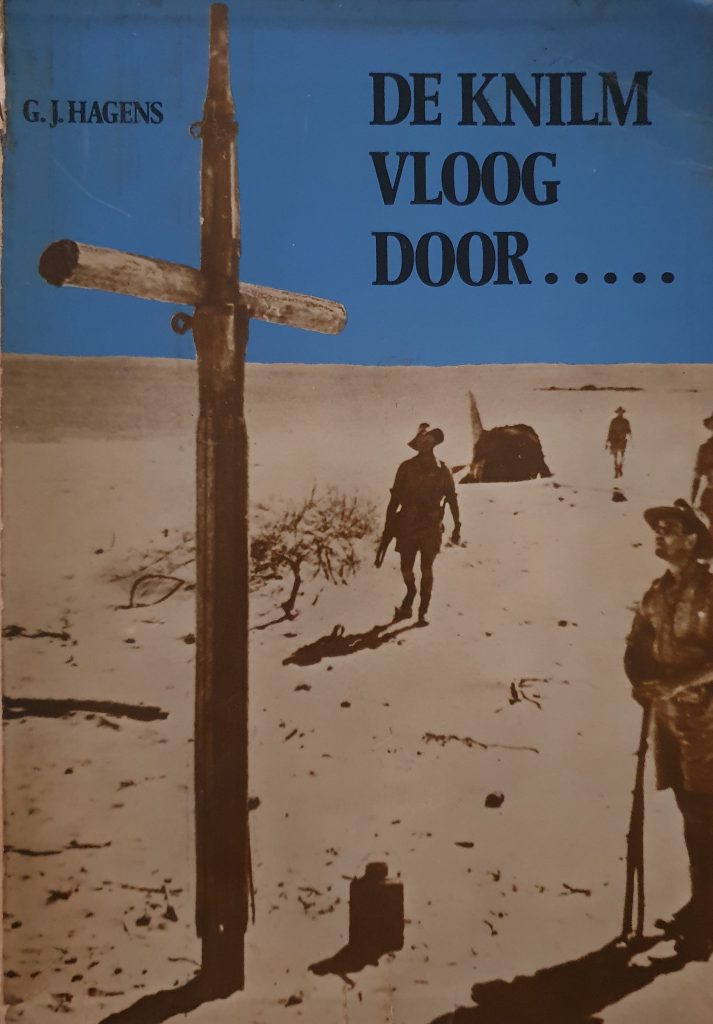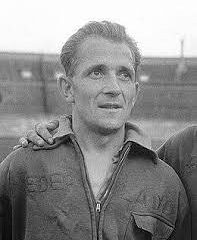KNILM an early aviation pioneer
Koninklijke Nederlandsch-Indische Luchtvaart Maatschappij (in English: Royal Dutch Indies Airways) was the airline of the former Netherlands East Indies (NAI). It was founded on 16 July 1928 as the NILM by a group of 32 Netherlands Indies.
KNILM was not a subsidiary of the better-known KLM (Royal Dutch Airlines), despite the similarity in the names. The airline had its headquarters in Amsterdam and an office in on the grounds of Tjililitan Airfield (current Halim Perdanakusuma International Airport) in Batavia (current Jakarta). The major hub in its network was Andir Airport at Bandung, which also was the birthplace of the NEI Air Force. Here were also the technical services concentrated.
Flying to Sydney
As early as 1930, KNILM began its first international flight to Singapore. On 3 July 1938 KNILM began operations to Sydney. It started in Batavia, stopping at Darwin, Cloncurry, Longreach and Brisbane. KNILM did not fly to the Netherlands, as the Amsterdam-Batavia weekly service was operated by KLM. The first flight to Sydney took place in a Lockheed Super Electra (PK-AFM) under the command of KNILM veteran Captain Gerson van Messel, co-pilot Frans van Breemen and flight-engineer H. Veen and navigator W. Verheyen.
The passengers were Major Versteegh, flight superintendent of the K.N.I.L.M.; and Messrs. B. van Lent, Netherlands Air Ministry representative; J. de Bree, head of the K.N.l.L.M. technical service: Van Os van Delden, who will Join the Australian staff of K.L.M. and K.N.l.L.M.; and C. W. Grugan, service engineer from the Lockheed Aircraft Corporation, Burbank, California.
There was also a goodwill flight to Sydney in June 1941 with the DC 5 PK-ADB. For the trip the plane was equipped with an extra fuel tank. The captain again was Gerson van Messel.

With the war in Europe and the Nazi occupation of the Netherlands. The flight from Batavia to Europe changed first from Amsterdam to Naples but soon after that to Lydda in Palestine (now Lod Airport at Tel Aviv, Israel). On 22 December 1941, KNILM operated its 250th flight to Sydney. Gerson van Messel was again the pilot and as have a seperate article on him, Joop Gijzemijter was the flight engineer.
By 1941 the company had 25 planes of their own and 4 from the KLM. At that time the threat of war in SE Asia had already significantly reduced its operations. However, the gap was rapidly filled with military charter flights. Overtime this resulted in a compulsory contract for a fixed number of flight hours.
At that time the KNILM also looked into extending the flight from Sydney via New Zealand and Hawaii to the United States. Such a flight – and the only one – took place under different circumstances in January 1942, when Lieutenant Governor of NEI Dr. Hubert van Hook flew this way to discuss the threatening invasion of Japan with the American President Roosevelt and his military staff. Before he left he also discussed his trip with the Australian authorities in Sydney and Melbourne, He also had a meeting with Prime Minister Curtin in Canberra. It was reported in the press of the day that Mr van Mook was very popular in Australia. (He later leads the NEI Government in Exile in Camp Columbia, Brisbane).
KNILM during WWII
With war coming closer and closer the flight service to Sydney became more and more dangerous. The decision was made to route the flight from Bandung to Australia via Broome and the first flight was planned for 4 February 1942. This didn’t eventuate but a test flight was made on 17 February, not for line flights, but for the evacuation of the KNILM. In all around 200 KNILM staff and family members were evacuated in the following weeks. However, most ground staff were left behind and many ended up the notorious Japanese camps.
All KNILM flights were now under the direct control of the Dutch Air Force on Java. This became the first ever direct flight from the Netherlands East Indies to Australia, three days later the first line flight took place and this was followed by many more.
That same month the decision was made to move the company’s head office to Australia. Arrangements were made with Shell for the supply of fuel. The plan was from here to continue flights to Java for as long as possible. The first 8 planes left for Australia on 19 February on board staff and their families – in all some 200 people – and as many spare parts and parts of the Government’s State Archives The flight went from Batavia with a stop in Surabaya to Broome. and from here to Sydney (via Daly Waters, Cloncurry and Charleville). The planes left Batavia during the night with an hour between each departure.
The DC3’s fly back to Java after they have dropped their passengers and goods in Sydney. From here they operate a pendal service between Bandung and Broome.
Over the next few day a few hundred more staff and their families followed them. (This, after the war, led to an inquiry by the Dutch Government, why priority was given to KNILM staff, as there were many other people that should have had priority, many of whom ended up in the Japanese camps). Flights also brought essential government staff, military equipment and government documentation to Australia.
During the Japanese attack of the Dutch East Indies, KNILM was utilised for evacuation flights and transport of troops. In all, 11 KNILM aircraft managed to escape to Australia.
After the hectic period many KNILM senior staff and their families had gathered in the Australian Hotel in Sydney. The planes however, where scattered over the country and were now directed to Sydney for some serious maintenance. But at the same time they get orders from the military to make the planes available for transports needed by them.
As the authorities still believed that Japan would also invade Australia, the defence in the north needed to be strengthened and lots of military transport was required in which also the KNILM participated. They basically commuted between Archerfield Airport in Brisbane and the various destinations around the country. The Americans desperately needed more planes and with little support staff and equipment from the Dutch to fully operate its own fleet they insisted to take over the Dutch KNILM and KLM planes. The Dutch didn’t want to give in by the Netherlands Government in Exile in London decided otherwise. The planes were purchased by the United States Army Air Corps (USAAC). In May 1942 the transactions took place and seven planes were integrated in the 21 Squadron US Transport Command that was formed at Archerfield, Brisbane on 3 April that year. This squadron was activated in the wake of the United States withdrawal from the Philippines. Three other planes were handed over to the 22 Troop Carrier Squadron established roughly at the same time at Essendon Airport, Melbourne. In the meantime one plane had crashed. Only very few of the Dutch staff was taken over by the American.
This led to a spectacular protest flights of Dutch pilots and their crews under the Harbour Bridge in Sydney.
Some of KNILM staff went to the Royal Netherlands Military Flying School which was established in Jackson, Mississippi. They delivered new pilots and flight engineers to the 18 NEI Squadron RAAF.
Some people went to Ceylon to join the 321 (Dutch) Squadron RAF, under British Allied Command. However many of the senior staff remain unemployed. While the Americans lost several transport planes because of the inexperience of their own pilots they refused to employ far more experienced crews from the KLM and the KNILM. Many decided to move to the KLM company in the West Indies. Others later on become involved in the NEI Transport Squadron at Archerfield, once the Dutch had taken over Camp Columbia from the Americans. From here the Dutch staged the liberation of NEI.
After 2 month in Australia KNILM now only exists on paper. In 1943 it moved its office too New York.
The end of KNILM
After the Second World War, the KNILM failed to resume its work. Due to the outbreak of fighting between Indonesian nationalists and the Dutch armed forces, normal air traffic was not possible in the Dutch East Indies in the years immediately after the war. All flights in that period were operated with military transport aircraft, coordinated by the Netherlands Indies Government Air Transport (NIGAT).
Commissioned by NIGAT, the KNILM was re-established on paper in 1946 with the intention of carrying out charter flights to foreign locations. From November 16, 1946, a weekly service was established between Batavia and Los Angeles in the United States. This service was flown with four four-engine Douglas DC-4s from the NIGAT. The service was not a success and had to be discontinued after a few months.
Officially, the KNILM was disbanded on 1 August 1947, when the remnants of the KNILM were taken over by KLM. On that date, KLM set up a subsidiary, the KLM Interinsular Company, which would operate the airlines in the Indonesian archipelago.


The following are advertisements and publications referring to the KNILM



